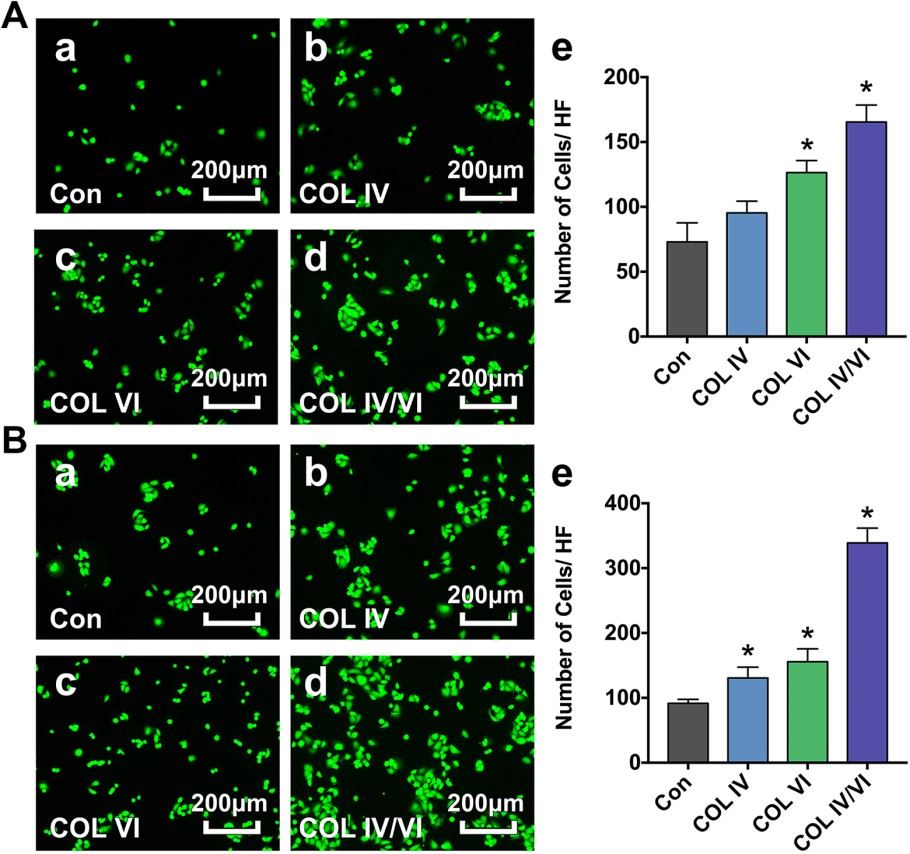Static adhesion assays are widely used in the field of cell biology and biochemistry to measure the ability of cells or biomolecules to adhere to a substrate or other cells. The wash assay technique is a common method used within static adhesion assays to quantify cell adhesion.
Here is a step-by-step description of the static adhesion technique:

At Creative Bioarray, we offer complete optimization of the experiment to align with the specific requirements of our customers' projects. In our in vitro cell adhesion assay, we optimize the experiment by labeling cells with fluorescent probes and introducing them to stromal cell monolayers or extracellular matrix-fixed plates. We employ a quantitative approach using a fluorescence measurement system to accurately determine the number of adherent cells. We take into account various factors, including cell type, extracellular matrix substrate, test product concentration, and treatment time, as these all influence the final results.
Study Examples:
 Figure 1. Cell adhesion assay of HUVECs treated with collagen subtypes.[1]
Figure 1. Cell adhesion assay of HUVECs treated with collagen subtypes.[1]
Reference:
1. Liu P, Shi Y, Fan Z, et al. Inflammatory Smooth Muscle Cells Induce Endothelial Cell Alterations to Influence Cerebral Aneurysm Progression via Regulation of Integrin and VEGF Expression. Cell Transplant. 2019;28(6):713-722. doi:10.1177/0963689718815824
Online Inquiry